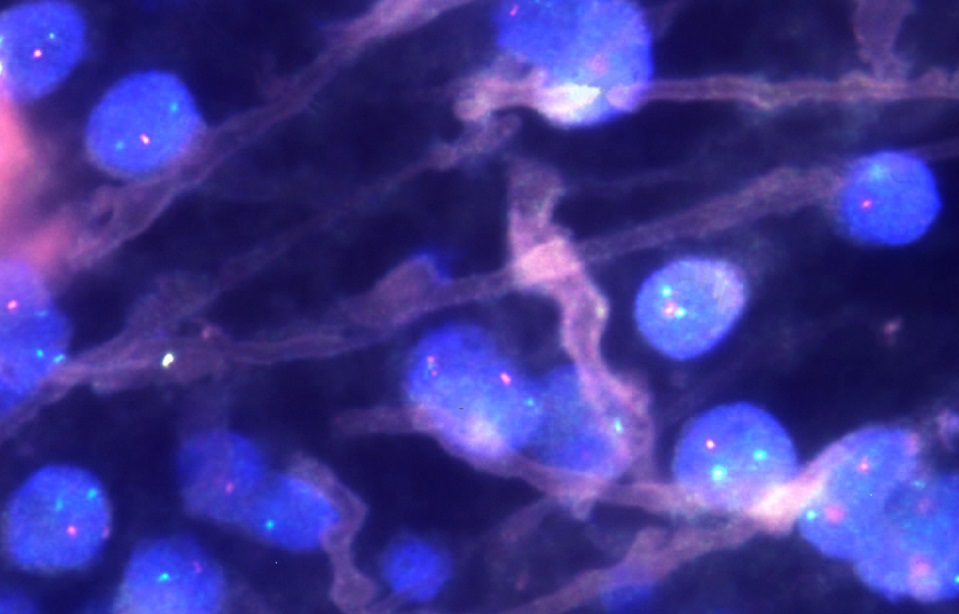
Brain UK study ref: 15/009,
Lay summary,
Project status: Closed
Assessment of expression and potential role of prmt5 and its upstream and downstream regulators in paediatric tumours
Dr Zsombor Melegh, University of Bristol
Medulloblastoma is the most common primary cancerous brain tumour in children. This is a rapidly growing tumour with a 5 and 20 year survival of 60% and 32%, respectively. Surgical removal is the primary treatment for this tumour. Postoperative chemotherapy (type of cancer treatment, with medicine used to kill cancer cells) is additionally used but the efficiency of the current chemotherapy drug treatments is not well established. There is therefore an urgent need to better identify both key prognostic markers for this disease as well as tissue markers that may predict the child’s response to established and novel or experimental chemotherapy drugs.
Our recent studies of neuroblastoma (a common cancerous nerve tumour of children arising predominately outside the brain) have identified interactions between N-myc protein and protein arginine methyltransferase 5 (PRMT5). These are tumour promoting proteins. These two proteins are thought to act as prognostic factors and new drug targets. Similar to neuroblastomas, medulloblastomas can show changes in the MYCN gene, which encodes the N-myc protein and we presume that similar to neuroblastoma, PRMT5 can interact and influence the function of N-myc and other proteins.
Using immunohistochemistry (a technique used to detect protein presence in tissue sample), we are planning to see if PRMT5 protein and its associated protein networks are found on medulloblastoma tumour surgical samples. We will link the presence of protein with clinical data. It will allow us to begin studying these proteins as part of a larger analysis to determine their usefulness and accuracy in providing a potential drug target and more accurate prognosis for children affected by medulloblastoma.
